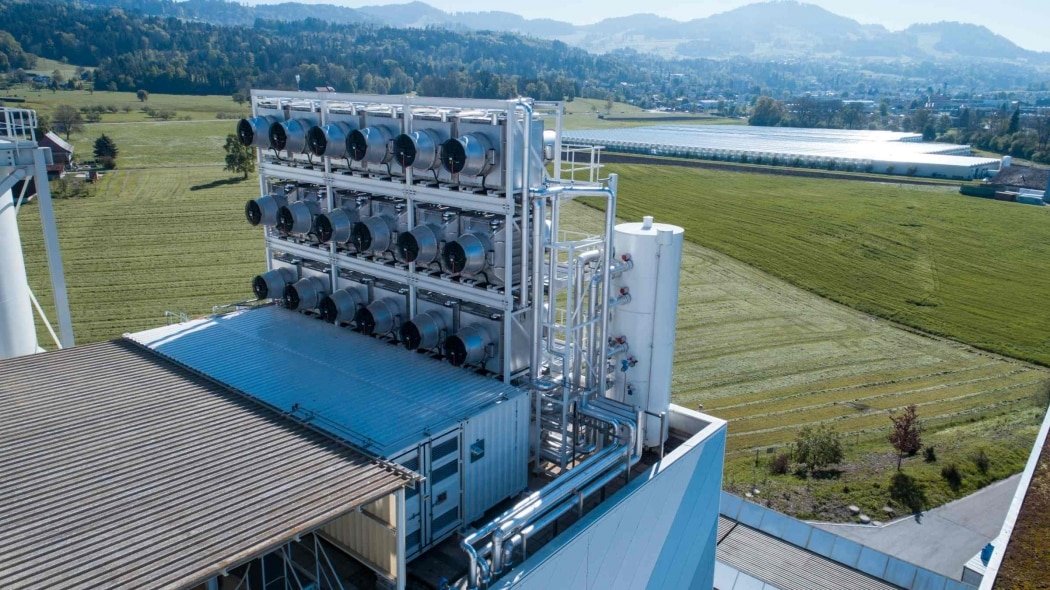Climeworks, a Swiss-based company that currently owns the world’s largest Direct Air Capture plant, are seeing a boost in interest from governments and investors alike. The reason? We are in a “code-red” climate crisis, and these organizations know it.
In early September, Climeworks opened their new plant, Orca, the largest in the world. It is expected to remove 4,000 tons of carbon from the air annually, using giant fans equipped with filters. Once captured, the carbon is then pumped deep underground, where it is turned to stone.
Last month, Climeworks won a $10 million deal to sell carbon credits to Swiss Re to help the reinsurance giant reach net-zero emissions. Other clients include Microsoft, Stripe, and Audi.
According to Co-Founder and Co-CEO Christoph Gebald, “When we started in 2009, many people were against, or recommended not to proceed with direct air capture. It’s a stark contrast with now.”
With interest in direct capture so high, Climeworks plans to build a second, larger plant in Iceland.
Backers of these technologies say that they need governments to support them through subsidies and fast. The price tag for carbon removal projects is high. Demand is only expected to increase after the U.N. Intergovernmental Panel on Climate change (IPCC) constituted a “code-red for humanity.”
U.S. President Joe Biden has proposed spending $3.5 billion on four different direct-air capture hubs. And, in July, Kansas-based engineering firm Black & Veatch won $2.5 million from the U.S. Department of energy for the research and development of a project using Global Thermostat’s technology to capture 100,000 tons of carbon each year.
Canadian-based company Carbon Engineering is working on a facility to capture up to a million tons of carbon annually in the U.S. They are also working alongside British firm Storegga on a plant in Scotland that could capture between 500,000 and one million tons each year as well.
Between direct air capture and carbon offsets – which are expected to hit $22T by 2050, a net-zero future feels within reach.

